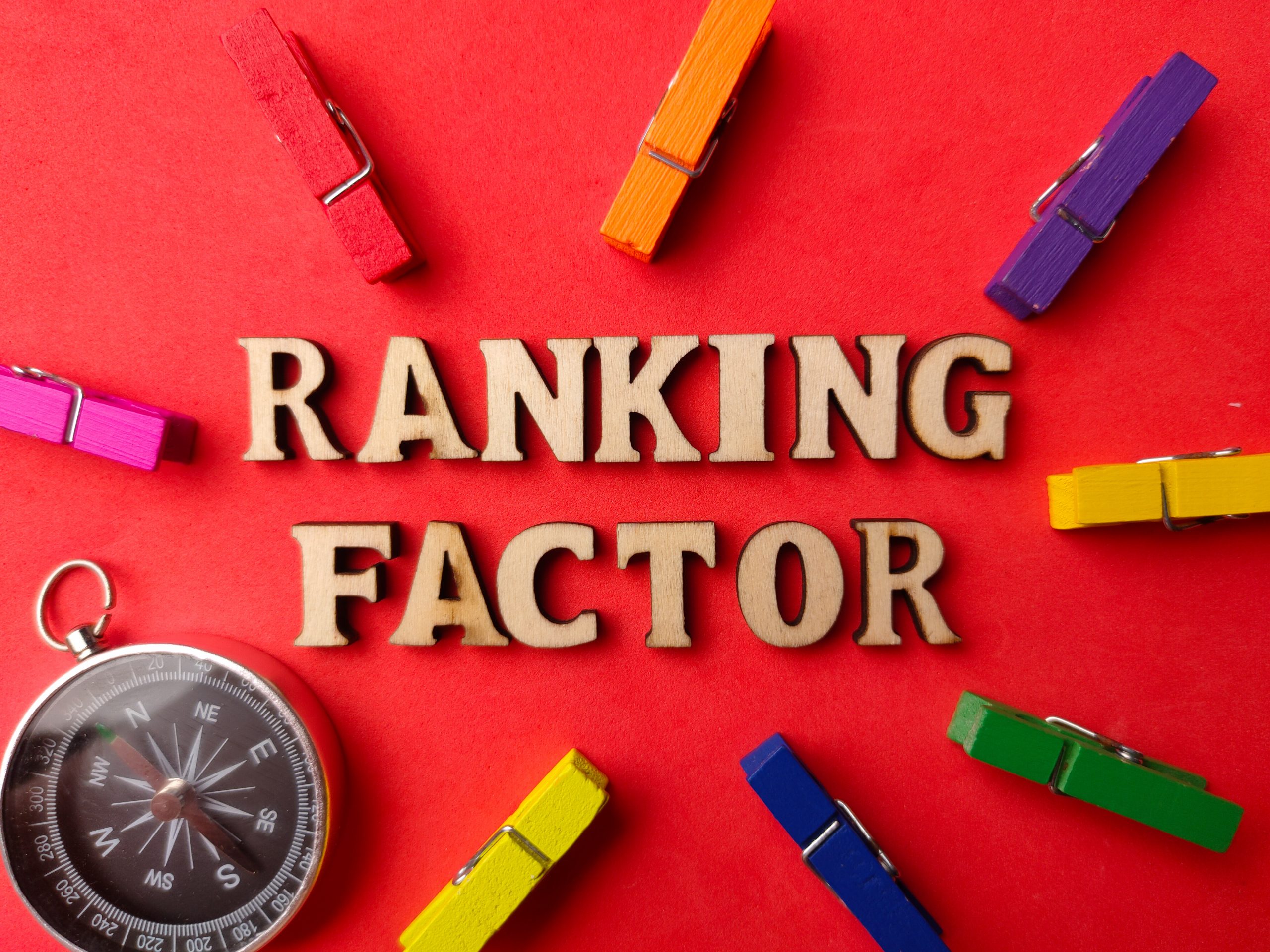The true success of any website is measured by where it ranks on Google. The main aim of any website is to engage and entice visitors to spend more time surfing through the site.
But how do an SEO strategy list and help improve the ranking of a website on Google?
Google applies an advanced and constantly updated algorithm to determine the ranking of a website. The algorithm considers several factors when analyzing a website’s ranking.
The latest updates to Google’s algorithm: (Weightage ranking system in percentage)
- Content: 26%
- Keywords in Meta Titles: 17%
- Backlinks: 15%
- Niche Expertise: 13%
- User Engagement: 11%
- Internal Links: 5%
- Mobile Responsiveness: 5%
- Page Speed: 2%
- Security/ SSL Certifications: 2%
- Schema Markup/ Data Structuring: 1%
- Keywords in URL: 1%
- Keywords in Headers: 1%
- Keywords in Meta Description Tags: 1%
- Miscellaneous Factors (19 nos): 3%
- Content:
Google’s latest algorithm places a heavy emphasis on content. Websites with consistent and engaging content have a much higher chance of ranking in search engines. Google evaluates recently released content to see if it satisfies the keyword’s search intent. The page gets promoted if the behavior of the searchers suggests that they find what they are looking for on the page. Google’s AI generally favors thought leadership content published at least twice weekly.
Thought leadership marketing positions your business as a leader in its industry using top-notch content. Potential customers and professionals in your sector may associate your brand with knowledge and authority if you consistently post articles, videos, studies, or any other type of unique content.
- Keywords in Meta Title:
Since the late 1990s, including keywords your page is seeking in its meta title tag, has been crucial for ranking. Keyword strategy is a demanding intellectual activity. It is vital to remember that a title tag’s placement and keyword density matter. While it is ideal for your title tag to solely contain your targeted keyword, in practice, adding articles and adjectives to it is crucial for readability.
- Backlinks:
Backlinks have lost ground in the weightage scheme for Google rankings since the algorithm was initially applied. Backlinks were the initial cornerstone of the search engine’s algorithm. However, Regular Publishing of interesting and informative Content and Keywords in Meta Title Tags have gained substantial importance over the years. Although backlinks continue to be a significant ranking factor for Google, content has become the main priority because it naturally draws links and ranks as the most significant ranking factor.
- Niche expertise:
Google started promoting websites it considers subject-matter experts in the middle of 2017. Being a niche specialist entails having a collection of ten or more authoritative pages focused on the same “hub” keyword. For instance, the keyword “retail software” could serve as the hub keyword for a software company that also has FAQ landing pages that target “retail software pricing,” “retail software advantages,” and “best retail software 2022,” as well as industry landing pages that target “retail software for small business,” “retail software for real estate,” and “retail software for manufacturing.” Because the hub term is used consistently throughout the website, it functions as a type of magnet, drawing visitors from any Google searches that include it.
- User Engagement:
User Engagement has gained immense importance in 2022 (5% 11%), making it the fifth most significant factor in Google’s algorithm in 2022. Providing the most fulfilling experience for the inquiry, based on the intent of their query, will continue to gain importance in 2023 and beyond.
Consistent publication of engaging material, the top overall criterion, is connected to user engagement. The quality of the material can be judged by engagement, which incorporates bounce rate, time on page, and pages per session. However, keep in mind that searches can have a variety of purposes; some might be used to look up a piece of information rapidly; more is not necessarily better.
- Internal Links:
A site with more internal links connecting the pages will rank higher when the same keywords are found in the title tags. Publishing various articles on all different facets of a particular subject and linking them all to one authoritative page would be a great way to demonstrate the worthiness of that page and give it a chance to rank better.
- Mobile responsiveness:
Websites must be simple to use on mobile phones and tablets to attract visitors in 2022. The benchmark used to be “mobile friendly,” but Google has moved to a mobile-first world and now anticipates that mobile users will be your website’s main target audience. The website layout should be elegant and simple, and the site navigation should be optimized for a mobile user experience to appear precisely the same on mobile and desktop.
- Page Speed:
Google has always sought to put the customer experience first. Page performance should be a top priority for your website, just like Google. For this criterion to count fully toward your ranking, you want pages to load as quickly as possible, up to three seconds. Quick load speeds are still important, despite Pagespeed losing some ground in 2022. Google’s free PageSpeed Insights tool allows you to test the speed of your page.
- Security/ SSL certification:
The internet has become integral in our lives. But the internet also allows hackers and cyber criminals to invade our privacy and carry out malicious activities.
Google takes great care while ranking websites with security concerns. Websites lose ranking power if they are susceptible to hacking. Getting a security certificate is almost a mandate for google to rank your website. The good news is that getting an SSL certificate from your registrar is simple and free.
- Schema Markup/ Data Structuring: 1%
To assist Google provide snippets and more visual search results, you can add code known as schema markup to the pages of your website. This is a more current form of meta tags. Schema markup makes a page’s search results more beneficial to users. Thus, Google promotes pages that employ it. Additionally, they make search results pop off the page from the rest of the others.
- Keywords in URL: 1%
Even if the weight of the keyword(s) you’re targeting in the URL of the page is negligible, this approach of old-school SEO from the 2000s is still recommended.
- Keywords in Headers: 1%
Including keywords in a page’s H1, H2, and H3 tags is a great practice, as this improves a page’s ranking potential.
- Keywords in Meta Description Tags: 1% & Miscellaneous Factors (19 nos): 3%
20 other elements can affect a website or page’s ability to rank, including keywords in meta title tags, off-site brand references, and anchor text keyword density. Although most marketers don’t need to care too much about them, a website competing with a rival to go from the #2 slot to the #1 should look at every possibility to improve.
Conclusion:
In 2022, the once-complex Google Search algorithm has stabilized into a smaller number of elements that call for awareness but not a preoccupation. Google is considerably better equipped to achieve its goal of giving its consumers the best search experience by providing them with quick, pertinent, and high-quality search results.
For marketers, this means that you need a proper strategy directing your SEO efforts that are both planned and intentional, with each page targeting a distinct keyword that a potential customer for your brand would seek. If you run a blog, each entry should be the most comprehensive discussion on the topic, viewed from the perspective of your intended audience. Users will be engaged, links will build naturally, and you’ll go up in Google Search rankings if you can achieve it.

